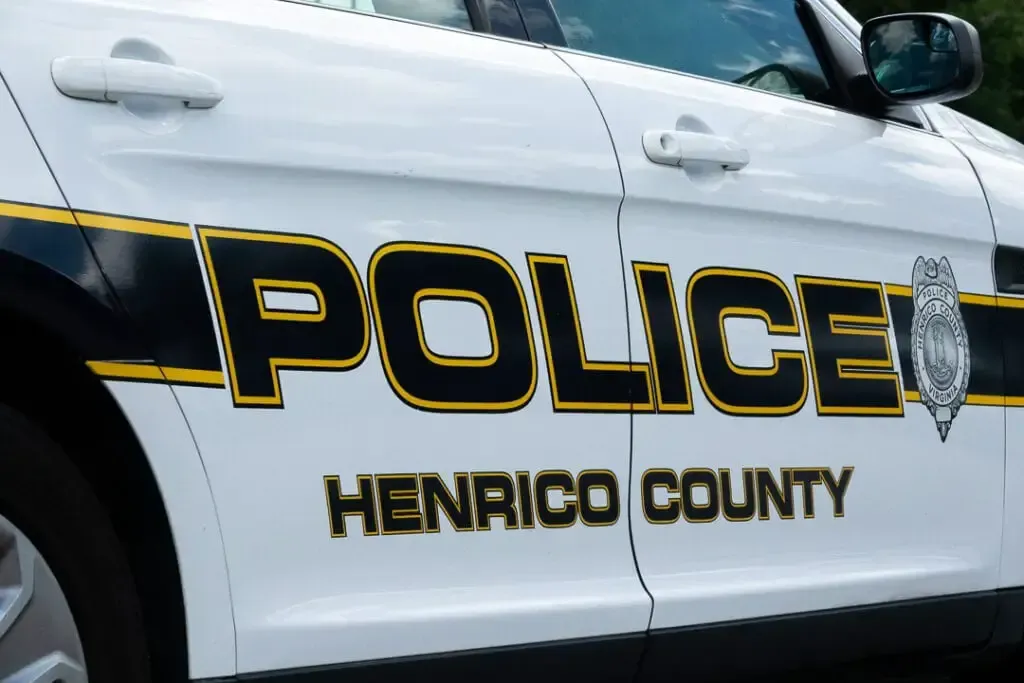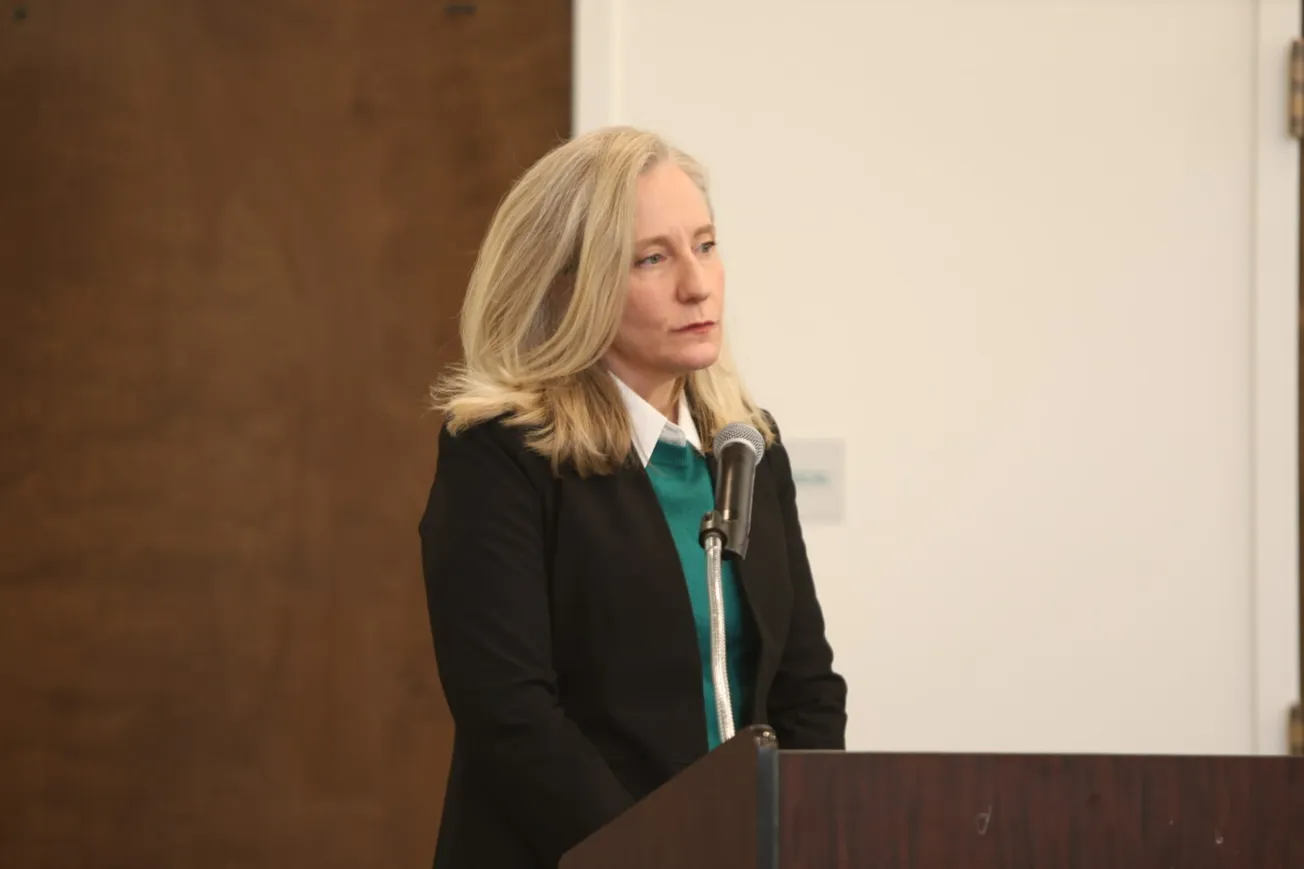Report: Va. outpaces national Medicaid drug spending, but solutions are set to be tested next year
A new report found Virginia’s Medicaid prescription drug plans return 20% of gross drug spending back to Medicaid through manufacturer rebates, while the national rebate average is about 68%





